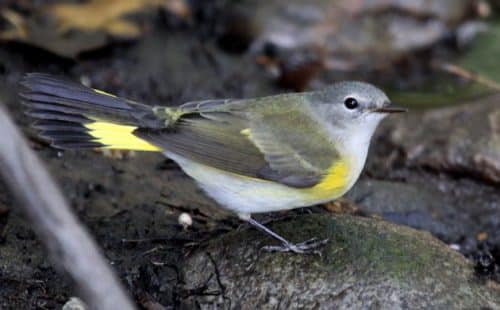Tanner’s Spring
Tanner’s Spring, mid-park, just west of the Great Lawn, looks to be more of a puddle that one of the two active springs in Central Park (the other is Montayne’s Rivulet, near Lasker Rink.) It does have an interesting back story, however. Its name commemorates Dr. Henry S. Tanner, a proponent of therapeutic fasting, who, in the summer of 1880, elected to fast under constant observation for forty days and nights, supplied only by water from this very spring. M.M. Graff, in relating the story in her wonderful book “Tree Trails of Central Park”, observed “The legend quite naturally arose that the water of the spring contained some magically concentrated nutrients”. Before the construction of the park, the spring provided water for the community of Seneca Village, which was located to the north of Summit Rock, which at the time was called “Goat Hill”. The spring is just south of the hill, which boasts the highest natural elevation in the park, and is also a favorite observation post for birders.
Tanner's Spring



